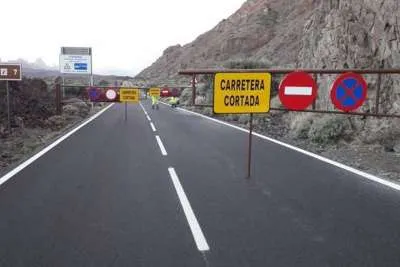What is the legal amount of a deposit when renting property in Spain?
- 07-03-2023
- Business
- Canarian Weekly
It’s no secret that rental properties in the Canary Islands are becoming scarce, which has pushed up prices and requirements from landlords when trying to secure one. However, what is the legal amount of a deposit when renting property in Spain, and what is it for?
The deposit is an amount that the tenant (or lessee) must pay to the landlord at the time of entering into a rental agreement. Its provision is mandatory by law and its amount is equivalent to one month's rent in the case of housing, and two months' rent for commercial properties, e.g. offices, warehouses, shops, etc.
The purpose of the deposit is “to respond to possible breaches of the contract by the tenant”, such as non-payment of the rent or utility bills (water and electric, etc) if they are not included in the rental figure. It can also be used to pay for any damage caused to the property at the end of the contract.
The deposit may not be updated (i.e. increased) during the first five years of the rental contract if the landlord is an individual, or during the first seven years if your landlord is a legal entity/company. However, from that moment on, each time the lease is extended; the landlord may demand that the deposit also be increased until it equals the amount of one month's rent in force at the time of the extension (or two monthly payments, in the case of leases for commercial properties).
RETURNING DEPOSIT AT THE END OF RENTAL PERIOD:
The landlord is legally obliged to return the deposit to the tenant within one month of receiving the keys at the end of the contract or on an agreed date that it will be vacated.
During that first month, the amount of the deposit will not accrue legal interest but, if the landlord does not return the deposit within that period, the amount will begin to generate interest.
This month is the term that the landlord has to carry out the liquidation of the contract; that is, to verify if there is any non-compliance or damage to the property that must be deducted from the amount of the deposit provided, or if, on the contrary, the total amount delivered on the day must be returned.
To avoid problems at this stage, it is advisable to document the delivery of the keys, also indicating any amount that may be pending payment by the tenant at that time (either rent, utilities, or other amounts), as well as the status of the property and its contents on the inventory (in case it is furnished and/or has electrical appliances).
The usual thing is to sign a simple document after both parties have carried out a joint inspection of the property, to which photographs can even be incorporated that reflect its state of it at the time of completion of the contract.
Other articles that may interest you...
Trending
Most Read Articles
Featured Videos
A Vision of Elvis Tenerife Promo
- 10-05-2025
TEAs 2025 Highlights
- 17-11-2025

























































